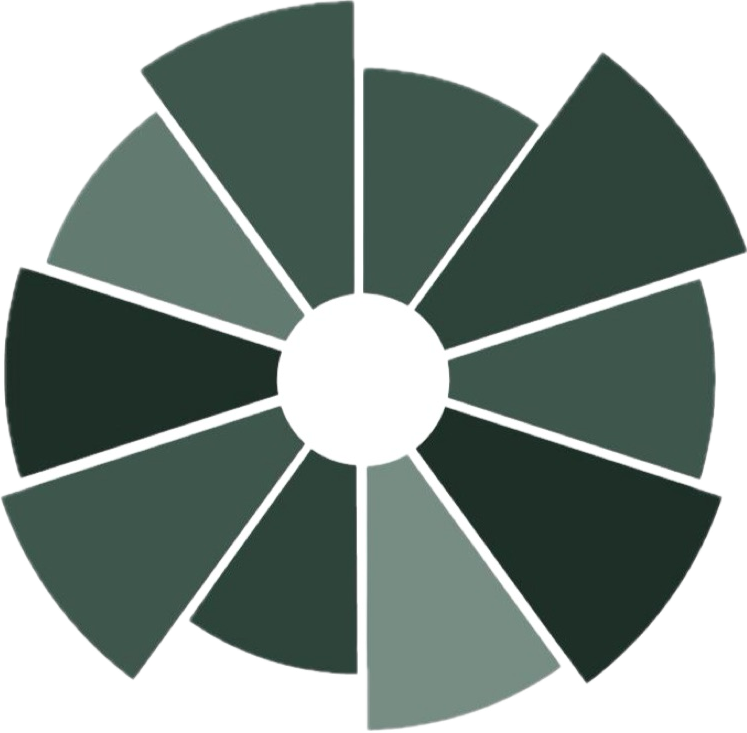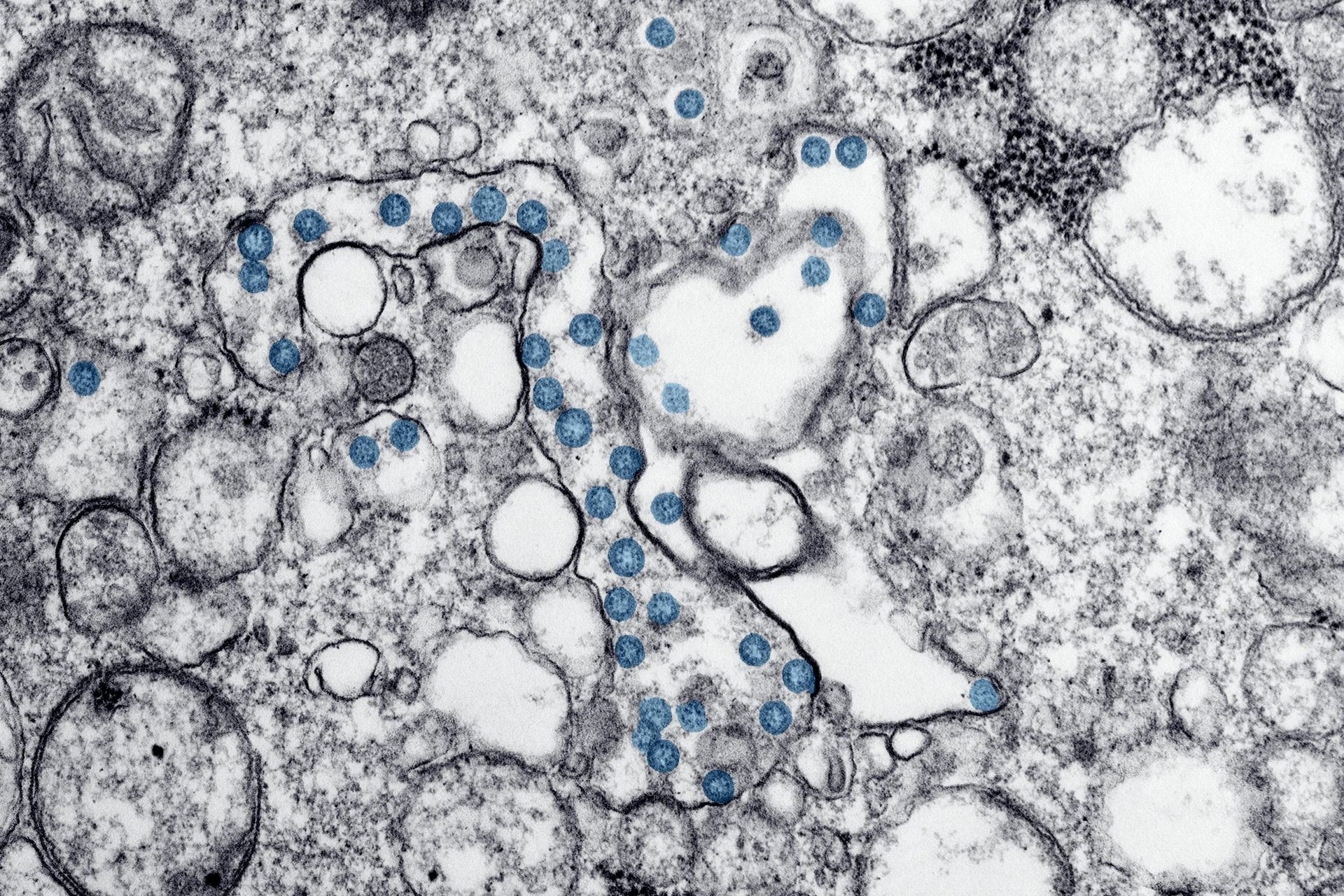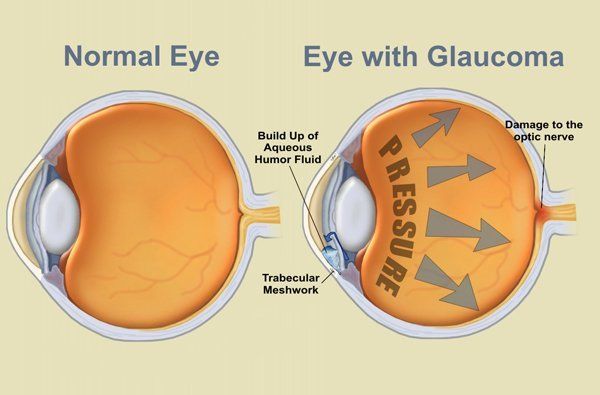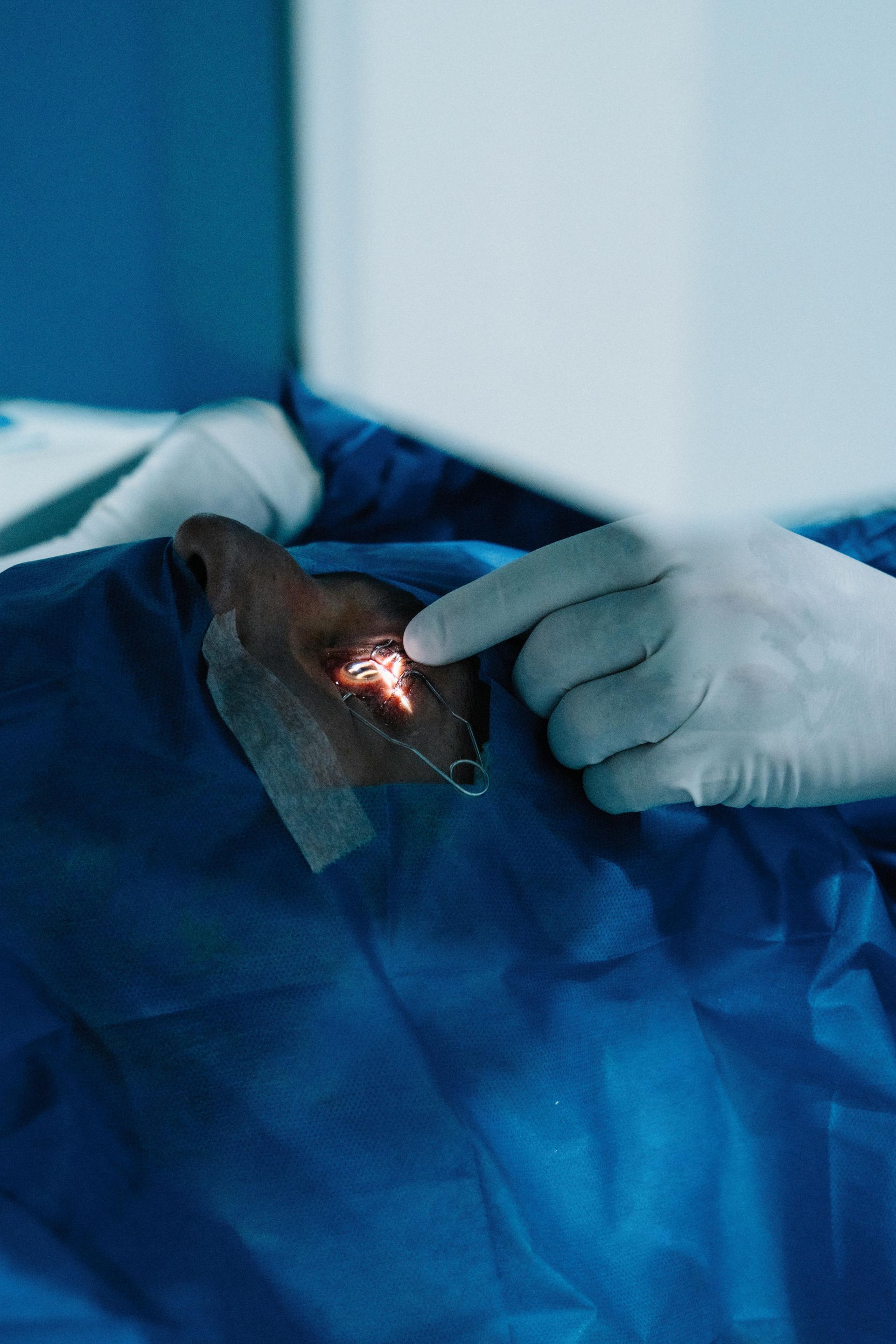Just what are MIGS?
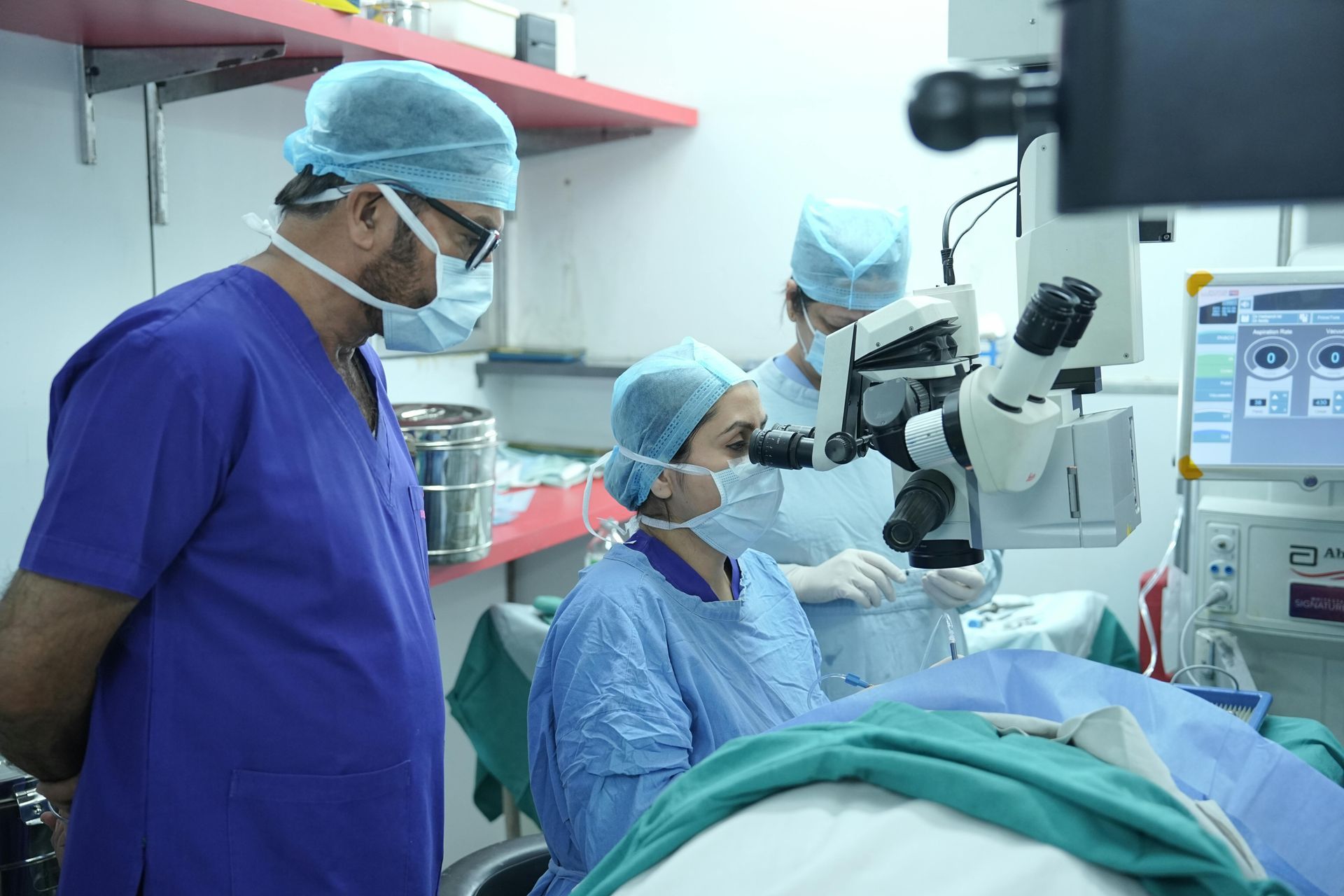
Blog vol 6.3. Just what are MIGS?
When I was growing up, in the Cold War era, MiG was an acronym for a Russian Aerospace company. Their jets were called MiGs, the Russian equivalent of the American F-14 (you all remember Tom Cruise and Top Gun).
Now, in 2025, Russia is replacing the MiG-29 with the stealthy Su-57 (Sukhoi, different company) so now we will only hear of MiGs when we watch reruns of MASH or remember the infamous MiG Alley. The new MIGS are here however, and they have nothing to do with planes or war.
MIGS-Minimally Invasive Glaucoma Surgery
MIGS is a surgical procedure that helps reduce the pressure in the eye for glaucoma patients. The only way to reduce the pressure surgically in the past was through a very invasive procedure called a trabeculectomy, where a shunt is implanted to divert aqueous humour into the venous blood system. This is a last resort in glaucoma therapy, after all other methods like drops and laser have been exhausted.
MIGS use micro-shunts that are inserted into the trabecular meshwork during cataract surgery with little extra effort and minimal risk of complications. In a recent review in Eye (journal of the Royal College of Ophthalmologists) on the procedure, the question was not if MIGS work, but how best to adopt them in practice (read review here). The ophthalmologists of the UK and Ireland have come up with guidelines.
1. Not everyone will qualify for the procedure, only low to midrange risk glaucoma patients (not high risk, they will require the trabeculectomy as previously).
2. MIGS will only be done during a cataract surgery, so is only available to patients requiring cataract surgery, and it can only be done once in each eye.
3. The patient must be under care of a glaucoma ophthalmologist, recognizing the need for individual, specialized care.
Even a “minimally” invasive procedure is still invasive. All surgeries are invasive, only to be done when necessary, as there are always possible negative outcomes. As we learn more, and more advanced imaging is developed, we will be able to make more and more precise installations and continue to reduce risk.
Advantages?
Over the long haul, less eye drops; the procedure buys you time. Glaucoma is a race against time as glaucoma-related deterioration continues even with treatment. The clinician is working to slow the process to maintain the best sight possible over the patient’s life. Sounds morbid, but that is the reality. MIGS reduces eye pressure to slow down the damage caused by glaucoma. It is another “tool” in the clinician’s handbag.
As with any big change in treatment, it takes time to implement. This is a paradigm shift which will be adopted, hopefully sooner as we now have excellent guidelines for its use.
‘til next week,
The good doctor
